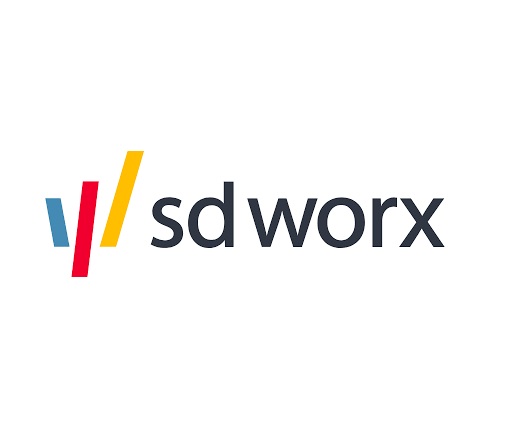Table of Contents
2. Naming Conventions: A Guide for Foleon
Introduction: What is Foleon? (Brief overview) Why Use Foleon? Challenges with traditional content (e.g., PDFs). Benefits: interactivity, brand consistency, analytics.. Use Cases by Department: Marke…

Updated
by Matthew Smet
Naming Conventions: A Guide for Foleon
Why Naming Matters
Consistent naming conventions are essential for:
- Governance: Ensures compliance with internal standards and simplifies audits.
- Searchability: Makes it easier to locate assets quickly across platforms.
- Collaboration: Enables seamless teamwork by reducing confusion and duplication.
A clear naming structure helps us maintain order, especially as we scale our content production using platforms like Foleon.
Standard Naming Format
To ensure consistency, we follow this structure:
[Country Code] [Campaign Code] [Name] [Type]
Breakdown:
- Country Code: 2-letter ISO code (e.g.,
BEfor Belgium,NLfor Netherlands) - Campaign Code: A unique identifier combining:
- Year (e.g.,
25) - Initials of the campaign or owner (e.g.,
MSfor Matthew Smet) - Number (e.g.,
001,002, etc.)
- Year (e.g.,
- Name: A short, descriptive title of the asset (e.g.,
Product Launch) - Type: The content type (e.g.,
eBook,LandingPage,Brochure)
Example:
BE 25MS001 Product Launch Landing Page
Examples & Non-Examples
✅ Correct Naming | ❌ Incorrect Naming |
NL 25MS002 Spring Campaign Brochure | SpringBrochure2025 |
BE 25MS003 HR Toolkit Landing Page | HR_Toolkit_BE |
FR 25MS004 Sustainability Report | Report_FR_2025 |
Checklist: Naming Do’s and Don’ts
✅ Do:
- Use the correct ISO country code.
- Include the full campaign code (Year + Initials + Number).
- Keep names concise but descriptive.
❌ Don’t:
- Use underscores, or special characters.
- Skip any part of the naming structure.
- Use vague or generic names like “Final” or “NewVersion”.
How did we do?
1. For What We Utilize Foleon
4. Access Foleon Analytics in Power BI
